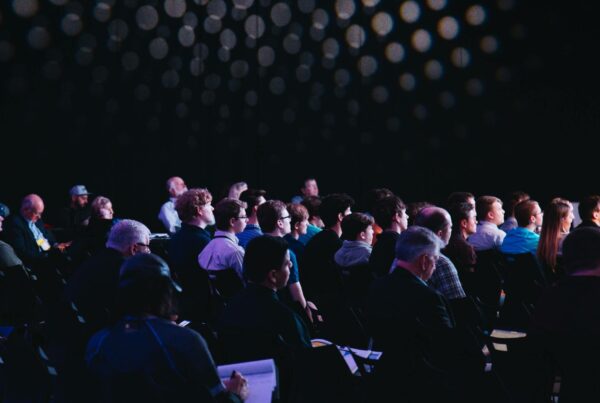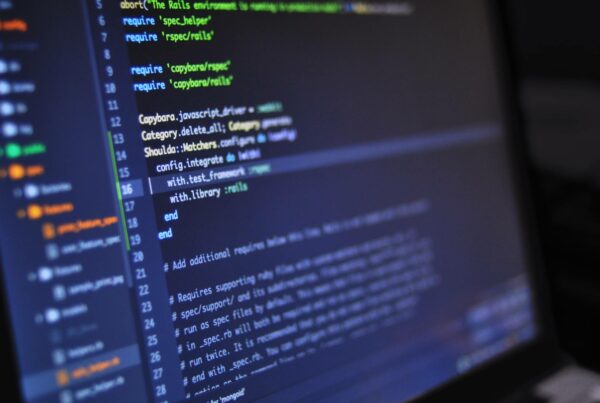“Do more painful things more often!” – In the Agile 2013 conference keynote at Nashville Gene Kim quoted Adrian Cockroft (Architect at Netflix) which got me thinking how we see it being applied not only in software development and delivery but also in diverse fields like inventory management and personal fitness. Here are some examples.
Continuous Integration: Development teams would independently build software components which were integrated in the end to work together. Integration used to be a painful process given mismatch of assumptions, versions and expectations. Now we have CI tools like Jenkins, Bamboo and Cruise Control which execute automated steps that integrate at short intervals of a few minutes – this flags out the mismatches listed above early. This reduces the surprises and pain faced at the end of the iteration.
Continuous Delivery: Releasing a software product in the production environment is a nightmare for development and operations teams often requiring all team members to stay available over weekends to take care of any last minute snafus. Managers tend to delay release dates to the last acceptable date . Continuous delivery preceded by continuous deployment is done by running automation scripts to deploy and test the application in development and test environments. This is done several times before final deployment in production. This re-use increases the confidence level in these scripts are run to deploy in production.
The Lean Startup Way: Launching a business venture is not easy to say the least. Entrepreneurs tend to spend time perfecting their dream before taking it to the market. Eric Ries acknowledges that business models are likely to fail. He advices businesses to go to market at shorter intervals – thus allowing them to learn from their early failures than getting cornered in a situation where there is no time left to fail and learn. This model places high value on learning from early failure and frequent build-measure-learn cycles.
Chirunning : This technique applies principles of Tai Chi to running. Formalized in a book by Danny Dreyer – one lesson of this technique advices runners to take shorter steps more frequently to reduce the pain and injuries caused by over pronating – or taking long strides.
Cycle Counting: Counting items in inventory at the end of the financial year used to be a painful exercise riddled with inaccuracies that could not be traced back to errors accumulated over the year. Most warehouse management software provide a solution by putting cycle counting in place. Warehouse managers don’t wait for the year end ; but cordon off areas of the ware house every week to physically count all items in that area and reconcile differences with book inventory. This flags out errors early – closer to their occurrence – thus improving traceability.
There must be many more examples where an arduous , painful and inefficient task which often got postponed because of its nature is now being completed more efficiently and with less pain as its being done more frequently.
Here are some candidate tasks; which we should consider doing more frequently.
1) Employee Appraisals: Usually an annual exercise – dreaded by appraisers and employees. Would quarterly frequency reduce the pain?
2) Elections: It’s the most painful part of democracy. Can we make elected representatives more accountable by having them go back to their electorates more frequently?
3) Census: So much data is collected that it becomes irrelevant by the time its processed . Can we have an ongoing survey to account for births, deaths , relocations and other events that impact demographics?
4) Tax returns: Year-end is busy time for accountants. They stay late to file returns as the last date approaches. Often accountants are required to request date extensions to complete their work. Can we have a financial period shorter than one year to make our lives easier?
Ask us a question or talk to one of our experts. Email us or call us at +1.469.374.0500.














